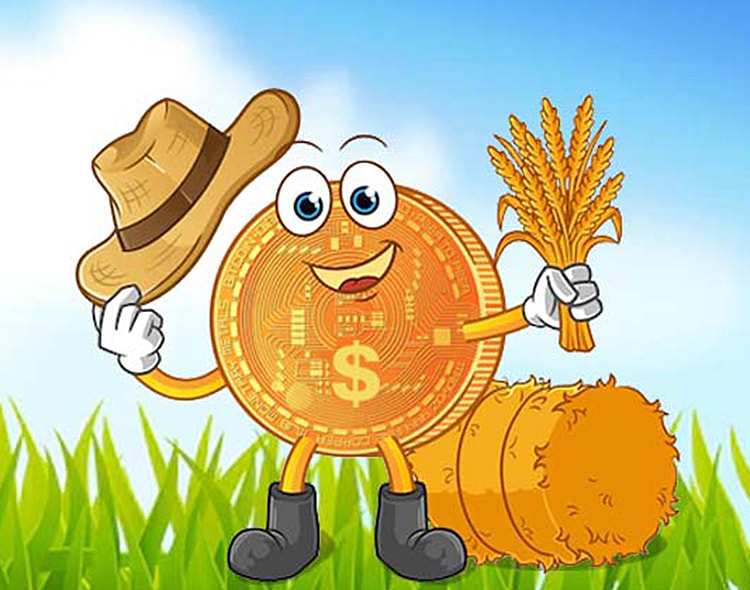Our Earth and farmers have both been experiencing things like ruined crops and grain hostage for ages. Thanks to investments in the space, in particular agritech and its subset agrifintech, since it has become a hotbed for innovation in the last few years. Now no more worry about food price inflation or agricultural sustainability since food security is being catapulted into the mainstream news from relative obscurity.
The smart agriculture market is expected to grow at 10% CAGR to US$20.8bn by 2026, while few say that the global tech market valued at US$32.5bn by 2027. Now, this new sphere has cropped up below a spotlight as a new domain but the biggest obstacle for farmers to thrive and adopt more sustainable practices is the “access to finance” which we shall be discussing in this article, and how the “agrifintech” idea started. We shall also be highlighting the explosion of agrifintech startups to support the large farming sector by tapping into the vast potential of apps shaded by Web3.
Underserved Farmers
Since we are aware of the cyclical nature of agriculture, the farmers would require some sort of financing to tide them over until the next harvest. The World Bank says that half of the global farmers are still unbanked which comes to around 440mn farmers. Despite common misconceptions, around 95% of global farms have less than five hectares of land, with an 80% productivity rate which includes Asia and sub-Saharan Africa. Although agricultural challenges vary on basis of geography and access to finance is now a universal problem for all farmers globally. For example, in India, only 30% of farmers have good access to institutional financial support for agriculture, while 70% remain underserved. On the other hand, in Europe, the farmers are forced to make agreements with their agricultural vendors to agree on financing options at inordinate rates.
Read latest article: What Are Capital Markets?
Risk Assessment Challenge
The reason that the traditional FIs often run away from the agricultural domain is the severity of the challenge to assess risk which comes free with this so-called unpredictable industry. Lack of information is a well-known hindrance that is difficult to escape. In the case of farming, no two consecutive years are the same, due to nature call. This is where agrifintech startups originated their idea by making huge strides. In the 21st century, smartphones have been game-changers as they provided farmers with the opportunity to access financial services since 98% own mobile phones that are increasingly used to improve farming practices and improve their access. With this globally, we can see an explosion of agrifintech startups to support the large farming sector by tapping into the vast potential of mobile apps shaded by Web3. AI has been a helping sword with its advanced satellite data, drones and blockchain power strands, and risk assessment. The emergence of more accurate information is leading to more transparency which has allowed the agrofintechs to offer loans quickly and at better terms with less risk. Blockchain also played its role aptly, for example, the open digital data from weather stations and farms on the blockchain can’t be edited from the basis of Web3-powered index insurance. The entire technology of agrifintech makes everything fast with quick and automated payouts. Farmers will be able to manage risks in a smarter way and will be less likely to get affected by the adversity of weather events, equipment failure, or other issues.
Financing To Fight Climate Change
The World Bank says that a requirement of US$80billion of yearly investments in the short-term, funding for agricultural sustainability could in part come from private companies looking to offset residual emissions in their quest to reach net zero. Agriculture is a sphere that has been incredibly well suited to be part of the carbon offset ecosystem. Soils are the largest carbon sink outside oceans and sequestering carbon into agricultural soil via photosynthesis is a key natural means to sustain any climatic change. Pre-financing carbon credits have enabled the farmers to invest their money in the long-term rather than into season-to-season while providing an additional revenue stream. Moreover, looming regulations around sustainable investments include the upcoming EU Taxonomy, which puts immense pressure on the FI to invest in more stringent ESG principles. Offering farmers more favorable lending terms to move towards sustainable practices is good for banks and good for the planet.
Agrifintech: Providing The Means To Bring Regenerative Farming From Niche To Mainstream
Wildfires, floods, blizzards, melting glaciers, pandemics, war, famine, fuel shortages, and inflation – 2022 will go down in history as the year when the world at large finally connected the dots. With the climate, environment, and societies in crisis, investors and innovators are turning their attention to the agricultural sector, on which human life depends. Enabled in part by advancements in technology including AI, machine learning, and blockchain, agrifintech is working to fill a gaping hole in agricultural finance that has held back progress toward regenerative farming for too long.
Read latest article: Benefits Of BaaS For Fintech And Non-fintech Companies
[To share your insights with us, please write to sghosh@martechseries.com]
